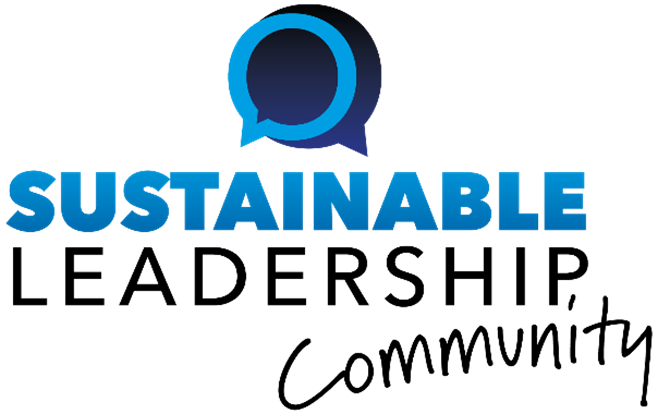How can new product development (NPD) teams best generate ideas and develop them into viable concepts? The ‘obvious’ answer — through interaction and working together — is not necessarily the right or best one. While some studies suggest group debate and group brainstorming offer significant benefits — for example, the ability to combine and integrate […]
Read More… from When Suspending Group Debate Enables Innovation
Virtual teams, made necessary by globalization and possible by technology, are now common in business. They’ve taken over traditional functions such as procurement, manufacturing, IT and finance, as well as newer activities such as global supply chain and global service delivery. They’re often assembled for new-product development and R&D. And they’re increasingly found at the […]
Read More… from How to Lead Virtual Teams
In a white paper published by Kenan-Flagler Business School, Dan Bursch and Kip Kelly describe today’s workforce has decidedly multigenerational and comprised of five generations each with distinct general characteristics: Traditionalists (born pre-1946): traditionalists tend to have a strong work ethic that translates into stability and experience. Essentially they view of work as a privilege, […]
Read More… from Managing the Multigenerational Workplace
High levels of ethical leadership can have unintended consequences, demotivating employees and making pro-social and co-operative behaviours less likely, according to recent research in Europe and the US. The research, based on three field studies and an experiment, finds a negative, linear relationship between ethical leadership and employee deviance: the more ethical the leader, the […]
Read More… from Can a Leader Be Too Ethical?
There are countless reasons why CEO and senior executive turnover takes place; external factors such as economic volatility, disruptive technology, and industry shakeups can all play a part. But according to an article published in IESE Insight, a senior leader’s own perceptions are a crucial factor in their fall from grace. Sebastien Brion describes a […]
Read More… from Six Steps to Using Executive Power Wisely
How do you combine previously unconnected technologies in an entirely new product ‘architecture’? This is a particularly important question when the development project involves collaboration with other industries and companies — and between specialists who have different ways of doing things and haven’t worked together before. Recent research addresses it by analyzing and comparing three […]
Read More… from Managing Cross-industry Innovation
Strong relationships and social ties between clients and individual executives can be something of a double-edged sword in business. There is always the danger of client defection when the ‘linchpin’ leaves. The risks tend to be greatest in ‘human capital intensive’ businesses such as advertising, law and consulting, where there is often a close connection […]
Read More… from How to Keep Clients When a Linchpin Leaves
Virtuous organizations are organizations that create an environment in which everyone works for the good of all: employees, customers and the community. There will be challenges and setbacks, however, and the ability of managers and employees to overcome these challenges in ways that help them learn and grow is essential to sustaining the virtuous organization. […]
Read More… from How Showing Emotions Builds Individual and Team Resilience
Social category diversity — diversity of race, gender or political leanings, for example — has been shown to enhance creative thinking in groups, and leads to more effective decision-making that takes into account a wider range of perspectives. The downside, according to previous research, is that the relationships among members of diverse groups are not […]
Read More… from Diversity in Teams: Tasks, Not Relationships Drive Performance
In the 1940s, psychologist Jean Piaget suggested that children use their hands-on experiences of the world around them to build and develop their knowledge. This theory went on to shape the modern approach to learning, moving it away from lecturing to passive audiences to actively engaging participants. Similar is the science behind a method known […]
Read More… from How LEGO® Helps Strategic Thinking and Idea Generation




